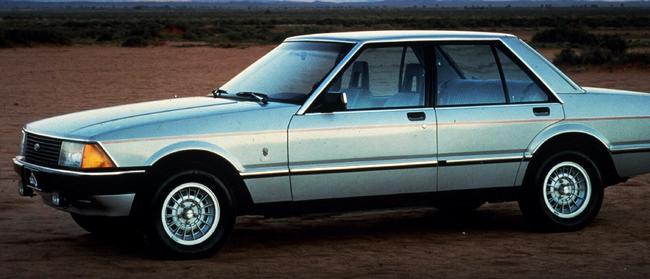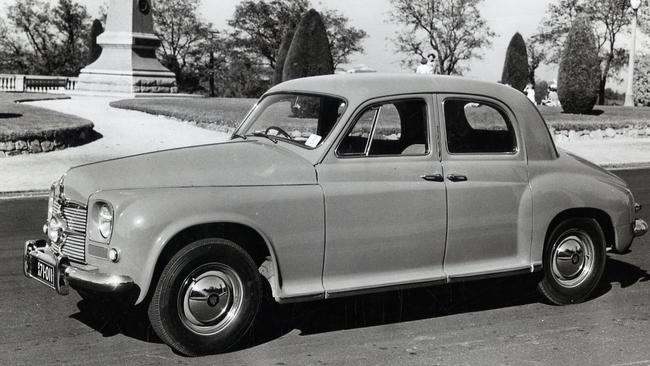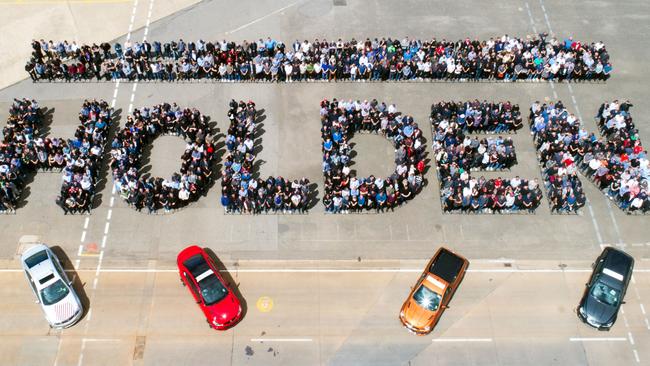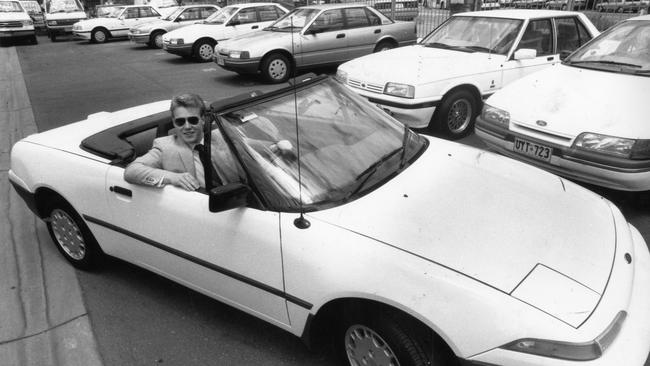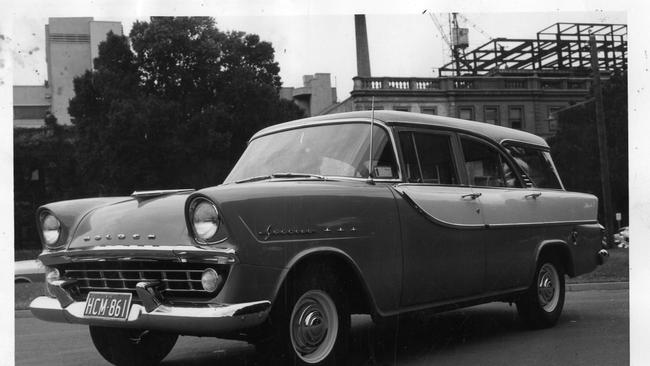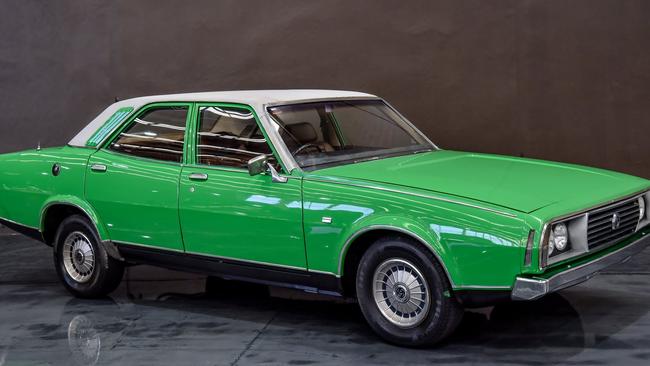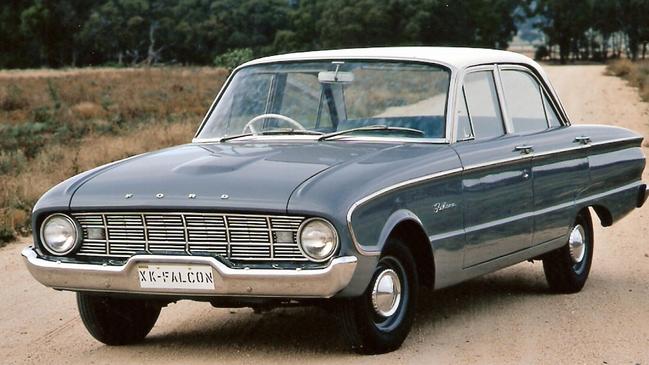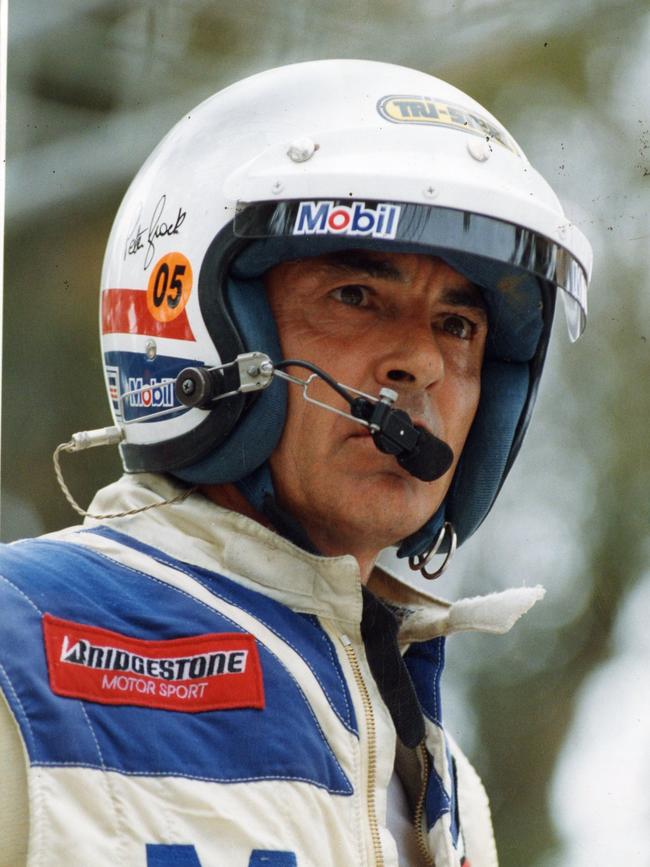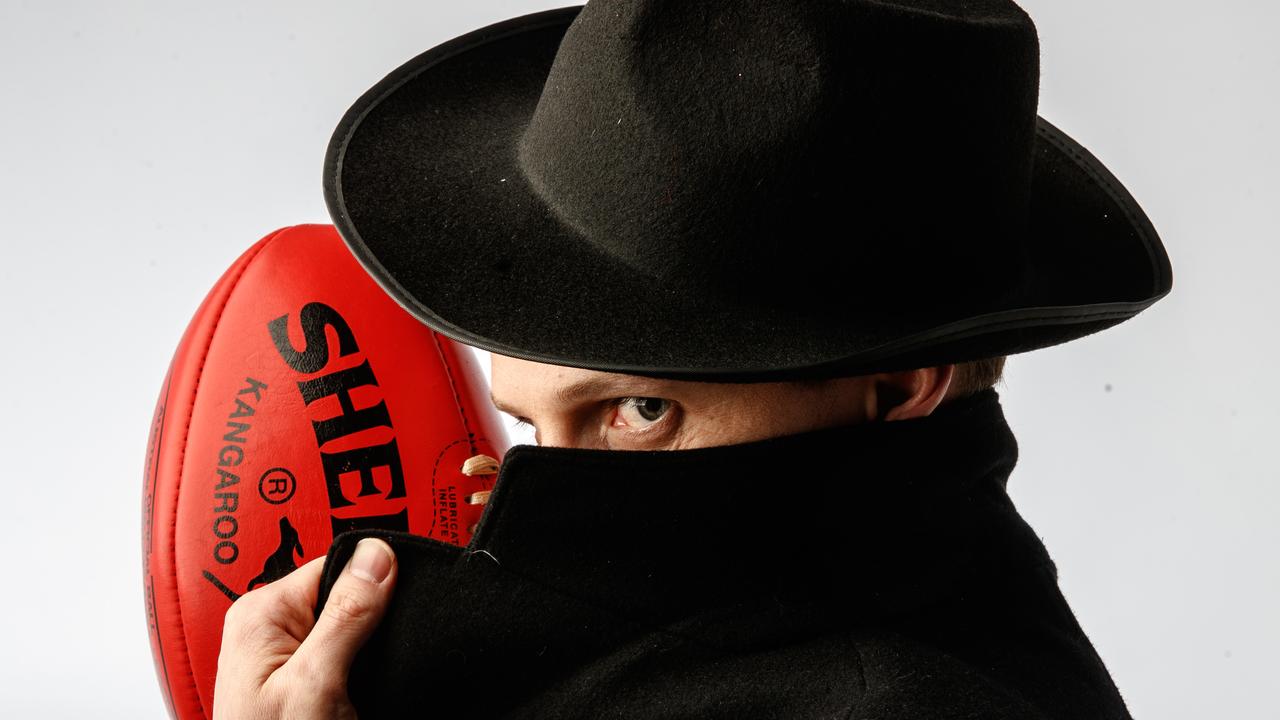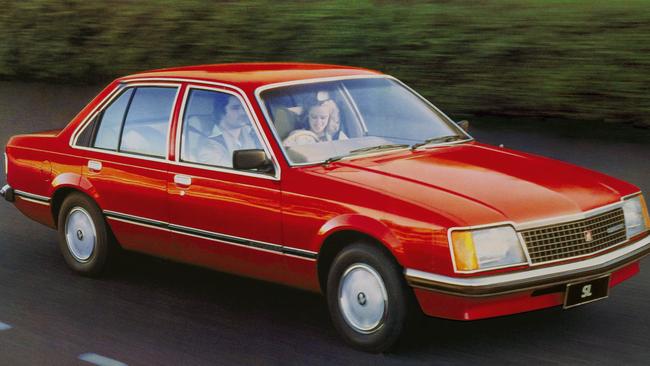
1/10Four-cylinder Commodore - In concept terms, there was nothing really wrong with the first four-cylinder Commodore of 1980. There was a looming fuel crisis (or so we thought) so the idea of a more economical family car made all sorts of sense. But the way Holden went about it made none. By slicing two cylinders off a six-cylinder engine, Holden came up with a horrible, breathless, gasping little engine that vibrated like a jackhammer and made almost no power. It was awful to drive, but that wasn’t the worst of it: No, the worst was that you had to flog it so mercilessly to get anywhere, it used as much fuel as the six-cylinder Commodore.


